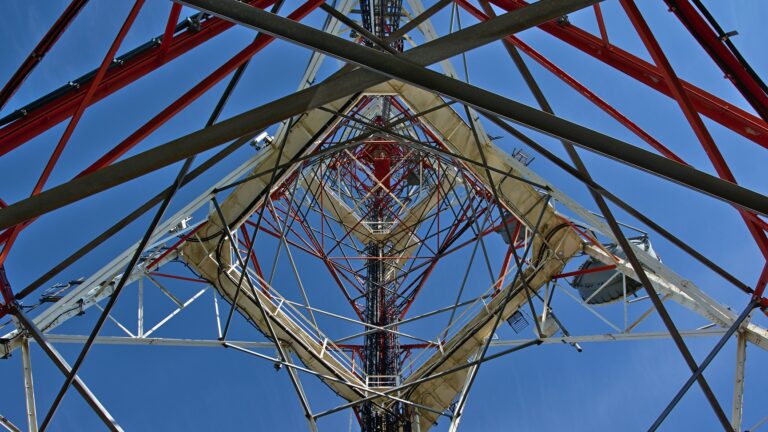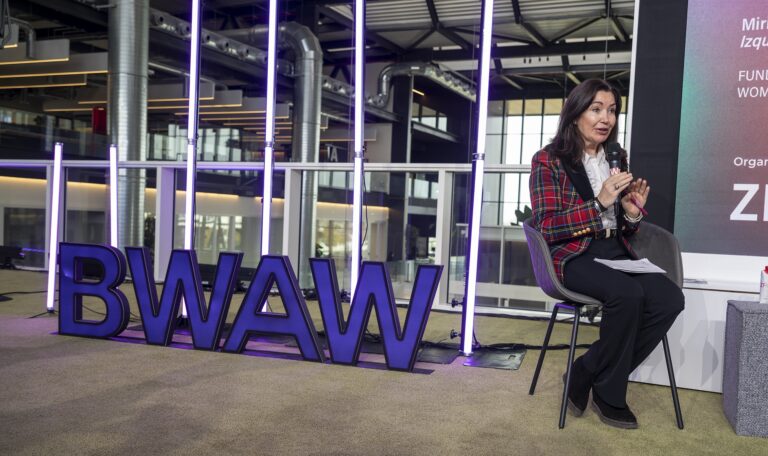Robots, drones and autonomous cars: how will they revolutionize logistics and distribution?

blog coches
13 de October de 2021
There is a lot of talk about the impact that robots, drones and autonomous cars will have on distribution and logistics. But what will these changes really consist of? How will it be perceived by businesses and consumers in their day-to-day life? The answer lies in 5G or the fifth generation of mobile technology. In the field of logistics and distribution, the new (and powerful) wireless network brought by 5G will provide supply chains with never-before-seen speed and effectiveness.
Saving time and flexibility will be two of the main benefits for logistics centers. Latency – the time it takes for the network to respond to a command – is the keyword. It takes humans over 150 milliseconds to react to an external stimulus. 5G connectivity can cut it down to five. Thus, low latency will allow robots that now autonomously order and distribute packages in many warehouses to interact and process information between them in a faster, more secure way and, above all, without being connected to a switchboard control. There are many companies – especially large ones – that have a high rate of robotization but have a problem of robots jamming. 5G solves it.
Low latency will also be one of the keys to how autonomous cars work. At present time, this technology is in its infancy, but with the 5G expansion it will be possible to make routes in real time to achieve faster and more efficient shipments. The key will be to be able to carry out unmanned routes due to the high level of prediction that will be achieved thanks to the speed of data and artificial intelligence. Road users, urban infrastructure sensors and other vehicles will be able to communicate with the connected car.
The supply of many households will also benefit from it and the environmental impact will be reduced thanks to recognition sensors located in our refrigerators and pantries that will inform us and optimize our purchasing processes.
Finally, the use of drones will also benefit from the incorporation of 5G. This technology will be especially valuable for transporting parcels to rural areas. In urban areas, it has a clear impact on the reduction of land transport. For its definitive implementation, it will be necessary to solve the current problems that exist both in terms of air safety and data protection. Perhaps it is in warehouses where its use becomes more widespread. Today, drones are already an effective tool to move small packages or certain components of the production chain of a factory.
But it doesn’t necessarily mean that everything is rosy. Apart from technical issues, cultural obstacles will have to be overcome. According to a study by the Brookings consultancy, one of the factors to overcome for the implementation of next-generation technology will be to see if consumers adapt to deliveries in driverless vehicles such as autonomous cars and drones. According to the study, only 21% of the adult users consulted said they were willing to receive deliveries or travel in this type of vehicle.



